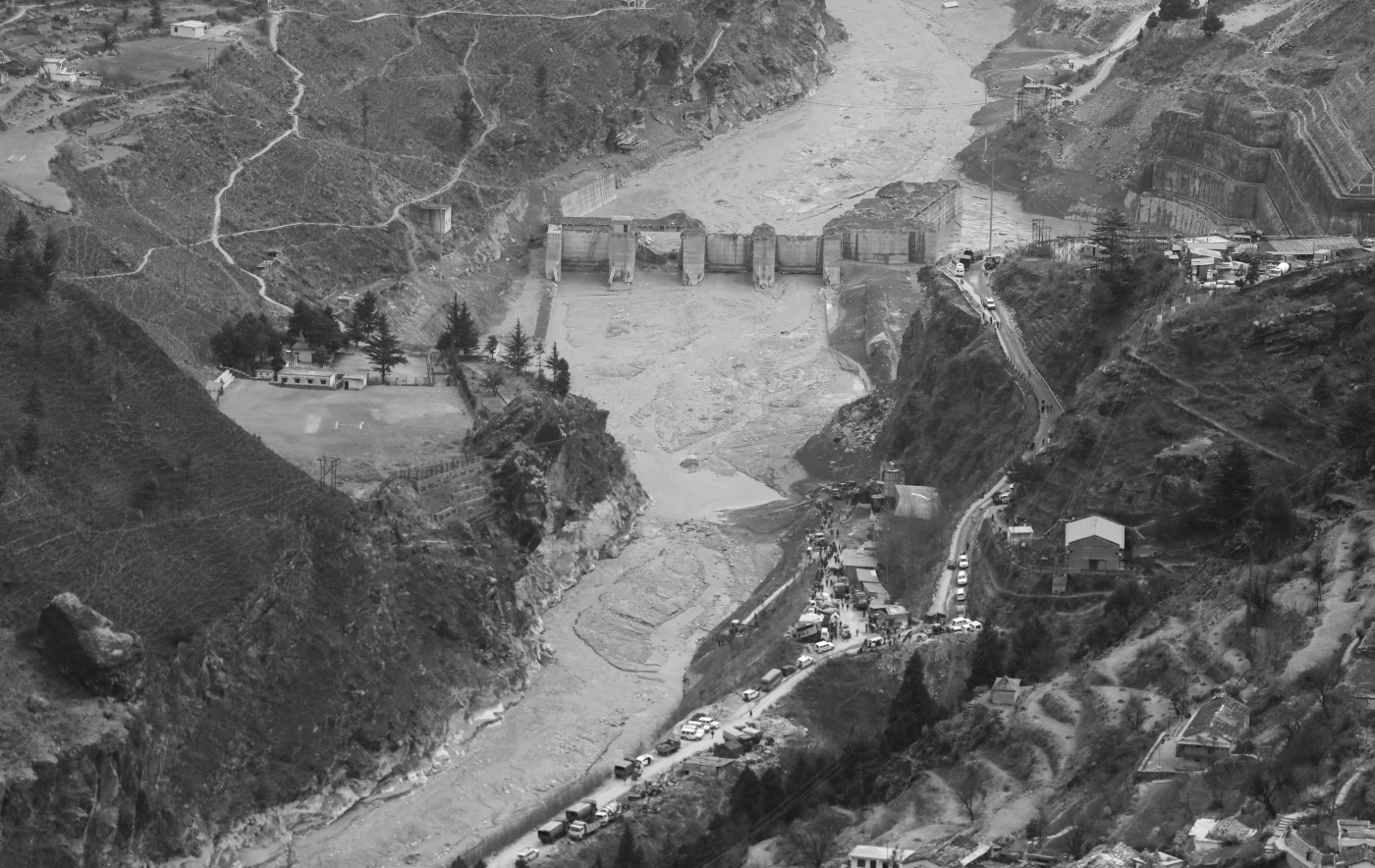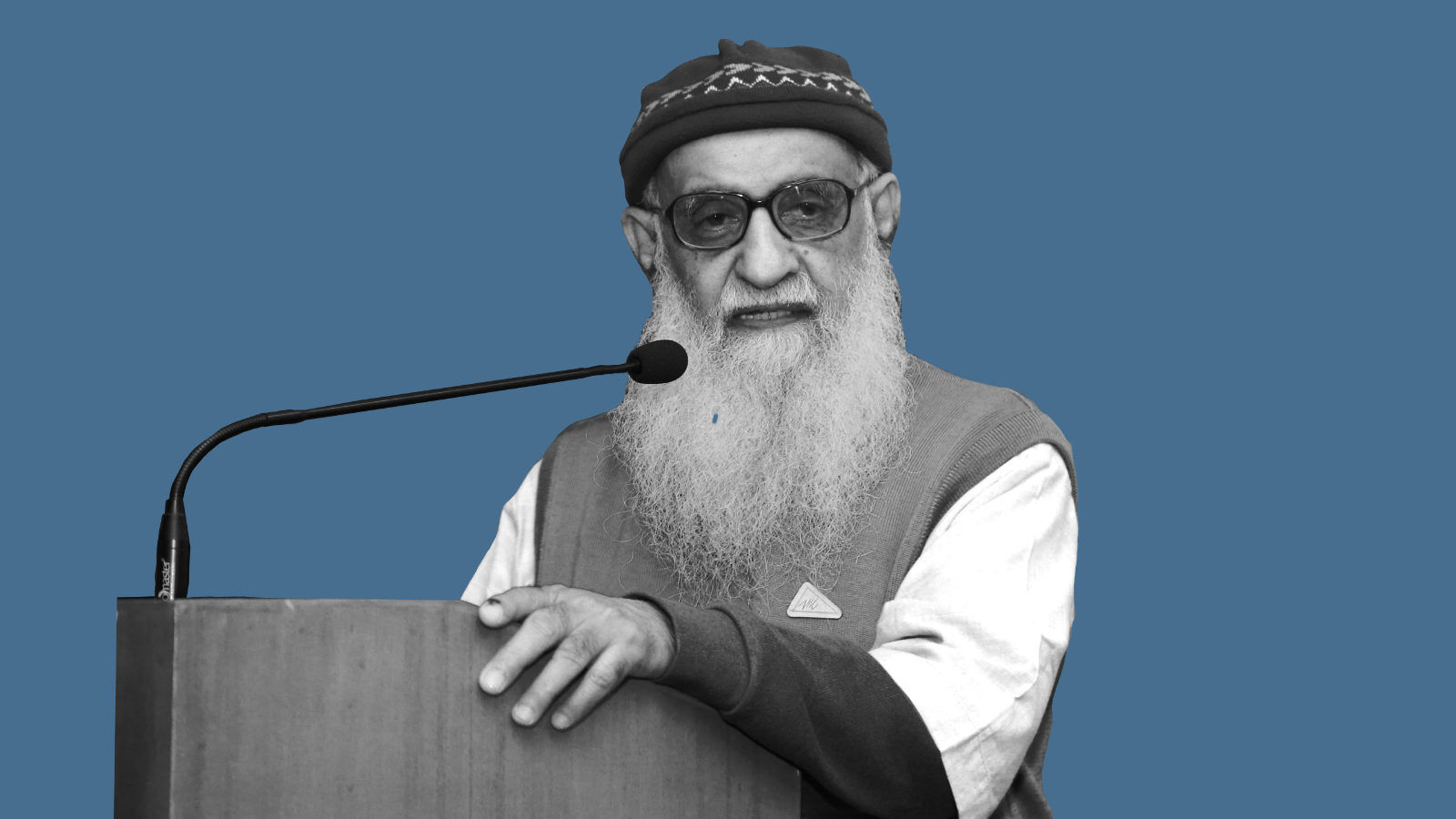Amid clamour for development, there are warnings for even the blind persons to see and deaf to hear. But is the government hell bent on pursuing a “wrong model of development”?
 Garhwal Himalayas witnessed widespread destruction in June 2013 deluge (Photo: www.uttarakhandpanorama.com)
Garhwal Himalayas witnessed widespread destruction in June 2013 deluge (Photo: www.uttarakhandpanorama.com)Suddenly all the headlines of the stories I had done and read cautioning about a looming earthquake to hit the Valley flashed right in front of my eyes. What we had dreaded for years but only gave thought on Earthquake Safety Days and anniversary of the great earthquake of 1934 was unfolding right in front of us now.”
Bhrikuti Rai, my journalist friend from Nepal wrote this on April 25 in the middle of the night as she kept vigil with her brother in wake of the 7.8 magnitude disastrous earthquake that had hit the Himalayan Kingdom. “This was the big earthquake we had all dreaded for years,” she had written in her blog.
It was a déjà vu moment for me. In June 2014 – a year after the devastating 2013 cloudburst followed by flash floods and landslides in Uttarakhand – I had exactly these thoughts swell up in my mind as I drove up the winding road parallel to the Bhagirathi. Travelling towards Gangotri, as I passed the site of the now-stopped Lohari Nagpala hydro-power project, the rubble that still lay strewn along the approach road to the project site still reminded of the last year’s fury. The scratched mountain faces as portions were swallowed by flash floods made for a horrible spectacle in the otherwise scenic Bhairo Ghati, one of the worst affected areas around Harsil, near Gangotri, as the vehicle made a steady climb up on the precariously narrow newly built road.
As if, the nature was mocking at every passing human being: “I told you so.” It was during June 15-17, 2013 when Uttarakhand, especially the Kedarnath region witnessed massive flash floods and landslides due to cloudburst leading to large-scale devastation downstream killing more than 5,000 people, destructing properties worth crores of rupees and above all, altering the topography of the region in a large scale.
Much water has flown down the Bhagirathi and the other tributaries of the Ganga. Post Nepal earthquake, the debate of having hydro-power projects in the seismically sensitive Himalayas is being re-ignited, mostly by environmentalists, who want the authorities to take cognizance of the empirical evidence available to prevent similar disasters even as the powers that be choose to ignore the warnings and pursue pro-hydro-power companies’ policies.
The free-flowing rapids of the Himalayan rivers bring down with them muck, debris and varied flora along with it. The existing series of hydro-power projects have already reduced the carrying capacity of the rivers and anthropogenic activities in and around the reservoirs only add to the potential of the possible disaster. It is nobody’s guess as to why should the government pay heed to the numerous studies and committees that have time and again suggested how more hydro-power projects can be suicidal for the ecologically fragile Himalayas, how these are destructing the aviral (continuous) flow of the rivers.
April and May’s Nepal earthquakes have only added to the list of don’ts for the hill state. As per a report published by The Third Pole, the 110 MW Rasuwagadhi Hydropower project on the Nepal-China border was destroyed by the Nepal quake prompting China to evacuate more than 200 of its construction workers stranded at the site. The incident had prompted fresh doubts and debates about the viability of hydro-power projects in the seismic zones.
The Expert Body (EB) lead by senior ecologist and director of the People’s Science Institute, Dehra Doon, constituted in October 2013 in wake of the June devastation earlier in that year, had in its report ‘Assessment of environmental degradation and impact of hydroelectric projects’ submitted in April 2014 had clearly said the existing and the under construction hydro-power projects had indeed increased the proportion of the disaster.
 Devastation like these would be common if we fail to respect nature (Photo: www.uttarakhandpanorama.com)
Devastation like these would be common if we fail to respect nature (Photo: www.uttarakhandpanorama.com)The Centre has changed its stand much often on the issue of allowing hydropower projects in the Himalayan belt. The Uttarakhand government too has been a partner in crime, if not for anything else, for a simple reason of not having a clear policy on the issue. It is high time the state took a call and made public its stand about what kind of development model it wishes to pursue?
The state would do good to recall another Himalayan disaster that had unfolded in the Kashmir valley in September 2014. Excessive rainfall over a week had led to one of the worst floods of the century killing more than 150 people and causing huge losses to property and goods as large areas remained inundated for more than one month. Even though the government authorities, especially the India Meteorological Department, were reluctant to term it as an impact of climate change, the fifth Assessment Report (AR5) of the Intergovernmental Panel on Climate Change (IPCC) has already talked of changes in precipitation in high altitudes, which it warned is set to increase.
Intensified hydrological cycle means fewer rainy days but those with more intense rainfall. Same is applicable for Uttarakhand. There are warnings for even the blind persons to see and deaf to hear, but the government seems to be hell bent on pursuing a wrong model of development.
So, do the hills which reverberated with the pioneering Chipko Andolan few decades ago, want to continue on the self-destructing path of ‘power’ oriented development model as pursued by conventional logic leading to pro-Corporate policies? Or, does the relatively younger state wants to vote for an ecologically sustainable model, which may not bring in the green notes for the cash-strapped economy (tourism and pilgrimage have suffered because of these natural disasters) but will help live up to its moniker of Devbhoomi.
This article first appeared on September 1, 2015 on www.uttarakhandpanorama.com and it can be read here



